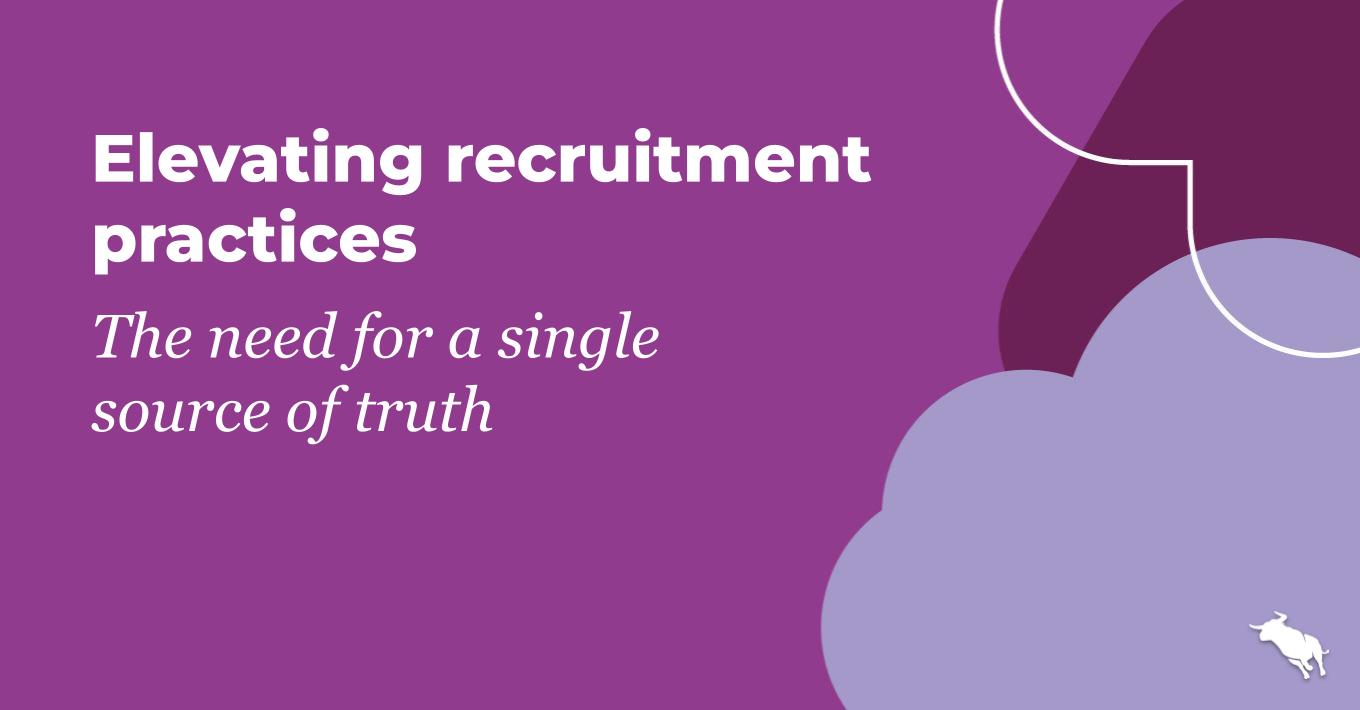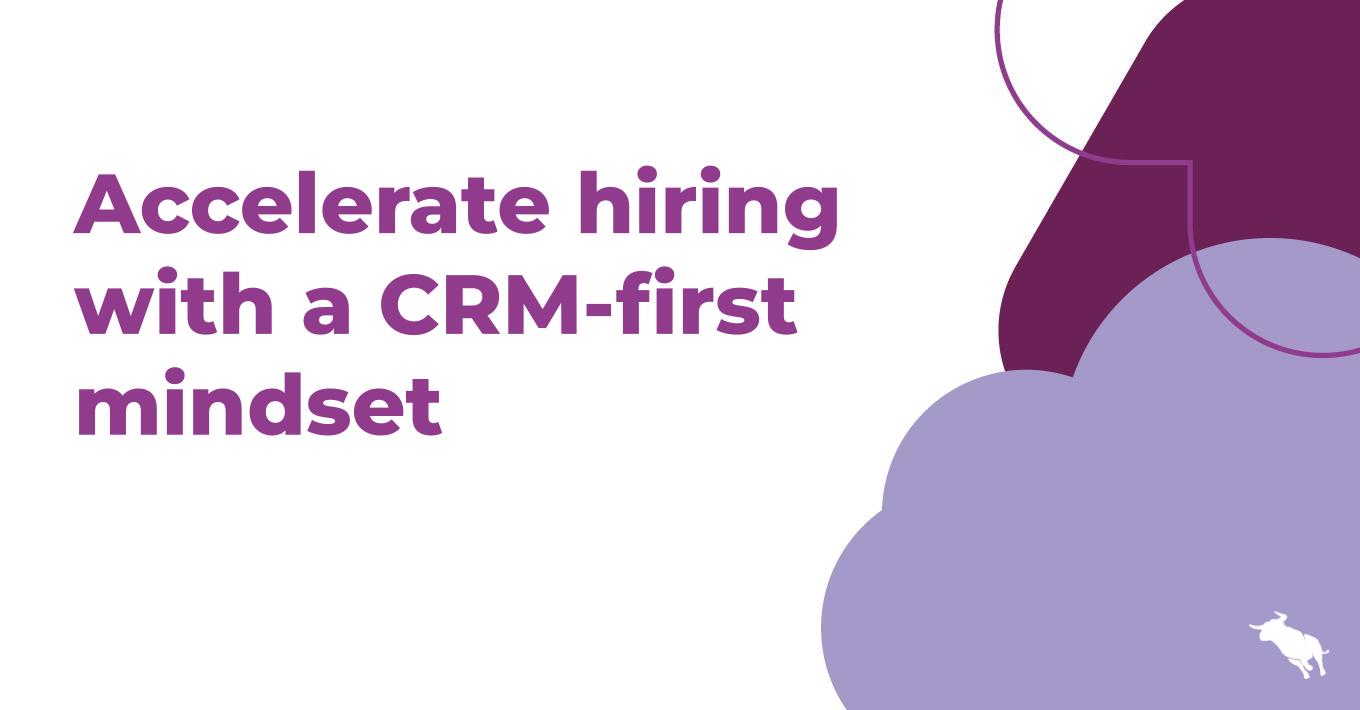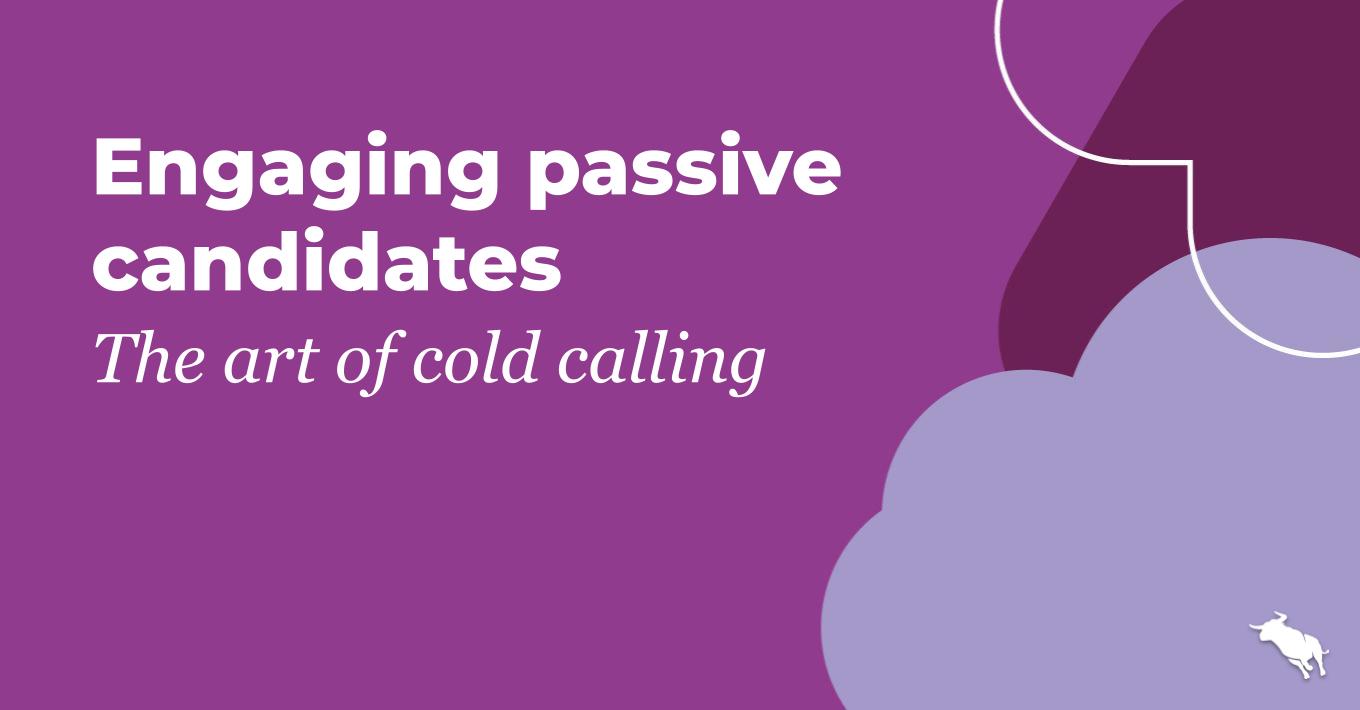How to Master Pay and Bill With Analytics: Invoice Accuracy

Pay and bill is one of the most crucial elements of the business to get right and it’s also one of the trickiest. Inaccurate invoices are the fastest way to lose a client and damage your reputation. So how can you excel at pay and bill?
Providing accurate pay and bill experience ultimately comes down to using the right tools, implementing an effective process, and monitoring and tweaking that process accordingly. In this series, we’ll cover 5 KPIs that allow you to do exactly that. Last week, we discussed profitability and margin. This week: we dive into Invoice Accuracy.
What is it?
The proportion of invoices that are rejected by clients and require adjustments before resubmittal.
What does this metric tell me about my business?
This metric lets you evaluate your ability to invoice customers to their requirements and the efficiency of the invoicing process. The lower the percentage of invoice accuracy, the more time being spent on invoice creation and the greater the opportunity for improvement.
How do you measure it?
When an invoice is incorrect and must be adjusted, the invoice must be credited then rebilled (commonly referred to as credit & rebill).
Measure invoice accuracy by evaluating what percent of invoices required credit & rebill, and look for opportunities to decrease the percentage through improved accuracy.
Consider combining with:
Invoice Aging and DSO. Agencies that struggle with invoice accuracy and must frequently credit & rebill often see higher invoice aging and DSO.
Want to read more about the topics that matter most to staffing professionals? Subscribe to the Bullhorn Blog for news, tips, interviews, trends and more.





